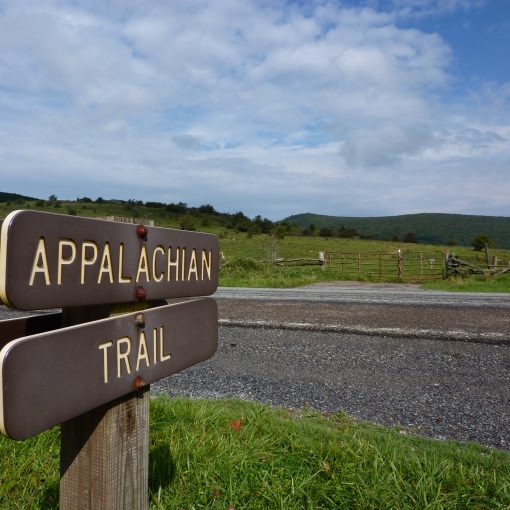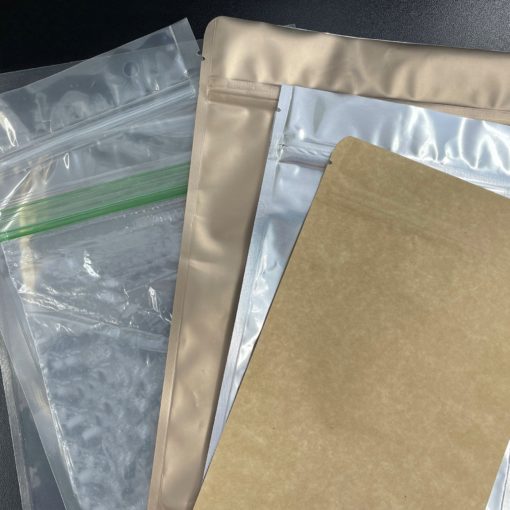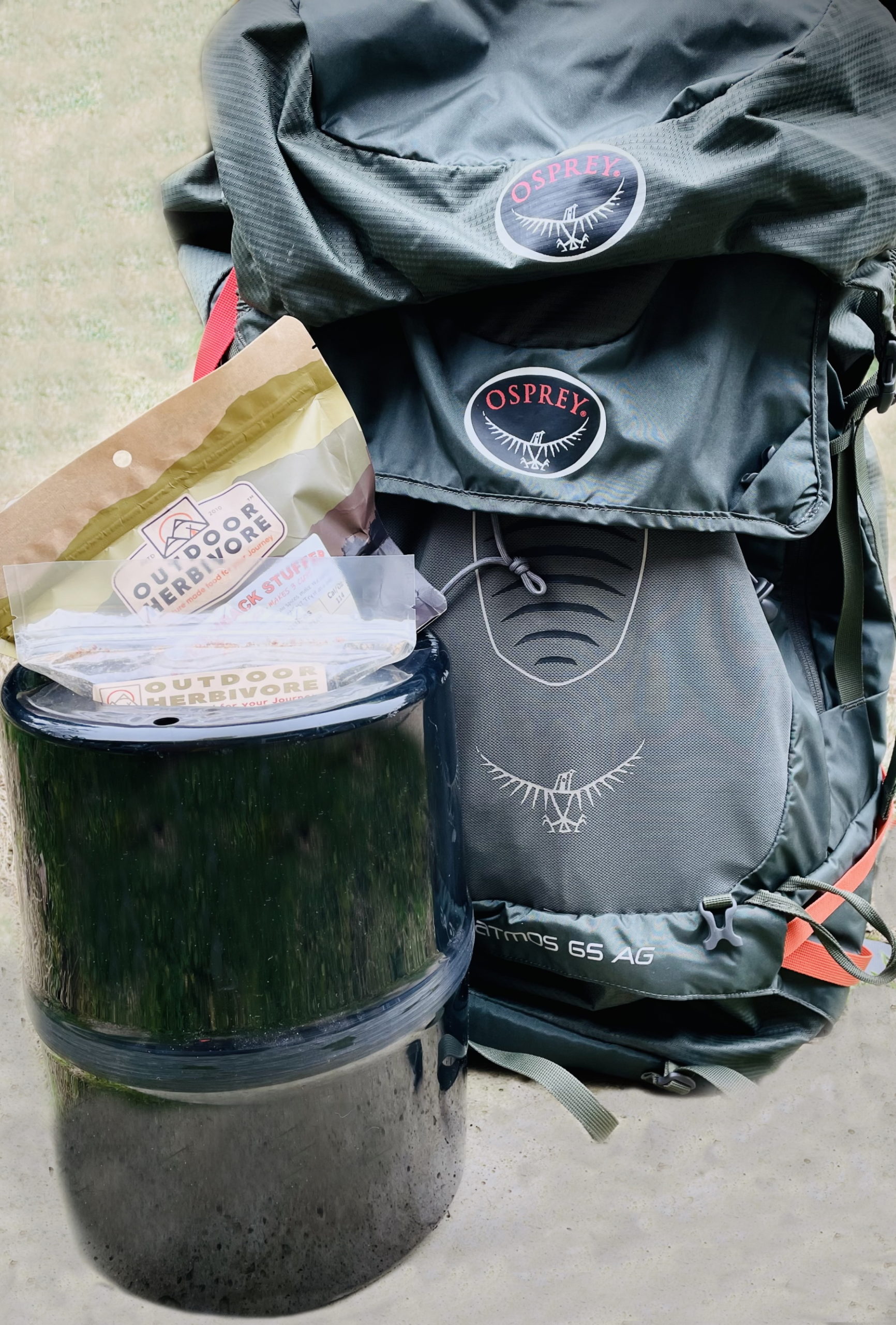Food planning can be confusing for the first-time thru-hiker or section hiker. You have yet to determine your pace and don’t know how many days you can go between food resupplies. Here are some tips based on a decade of supplying meals to the thru-hiking community. How much food should I pack for my Appalachian Trail hike? Customers often ask us how much food they should order for an Appalachian Trail (AT) thru-hike and where most hikers receive mail drops. Most hikers have resupply boxes mailed to towns with limited food services. Most of the AT is within 50 miles […]
FAQ
Backpackers who need to minimize weight and space will carry dried food. Most of a food’s weight and volume come from its water content, and freeze-drying and dehydrating are the most common methods to remove this water, resulting in lighter and packable food. When food is sufficiently dried, it can be stored without refrigeration since the microorganisms that cause mold, spoilage, and bacteria cannot grow without moisture. While the two food preservation methods reduce the volume and weight of food by evaporating water, there are also significant differences when deciding which type of food to bring on your next adventure. […]
The main job of a food storage bag is to prevent moisture and air from permeating the contents inside. Standard household freezer bags are readily available and inexpensive, making them appealing for storing homemade dry foods or repacking commercial backpacking food to reduce space. Storing dry food long-term in non-barrier packaging like plastic freezer bags will allow oxygen and moisture from the surrounding air to absorb into the food, where bacterial contamination and growth can occur. Eventually, the food will become soggy and mold. If this happens, the food will be unsafe to eat. Freezer bags will work okay for […]
[updated for 2025] The John Muir Trail (JMT) is located in the Sierra Nevada mountain range of California, spanning 211 miles from Yosemite Valley to Mt Whitney plus 11 more miles to Whitney Portal. Most of the JMT is shared with the longer Pacific Crest Trail. Except for a few miles, the JMT stays above 8,000 feet (2,400 m) in elevation. Due to the high elevation, JMT hikers will have to time their hike to minimize snow depth. This often gives hikers a short window of travel in the late summer months, commencing in July or August and ending by […]
As the temperatures warm up and backpackers begin sorting and reorganizing gear, they often find a few expired meals or trail snacks. Consequently, this is the time of year we get asked if it is safe to consume expired backpacking food. Most likely you can! Make sure you have left the packaging intact and kept the food stored properly. Right before your trip, open up the seal and take a whiff. Does it smell or look funky? Here are a few tips to keep in mind.




